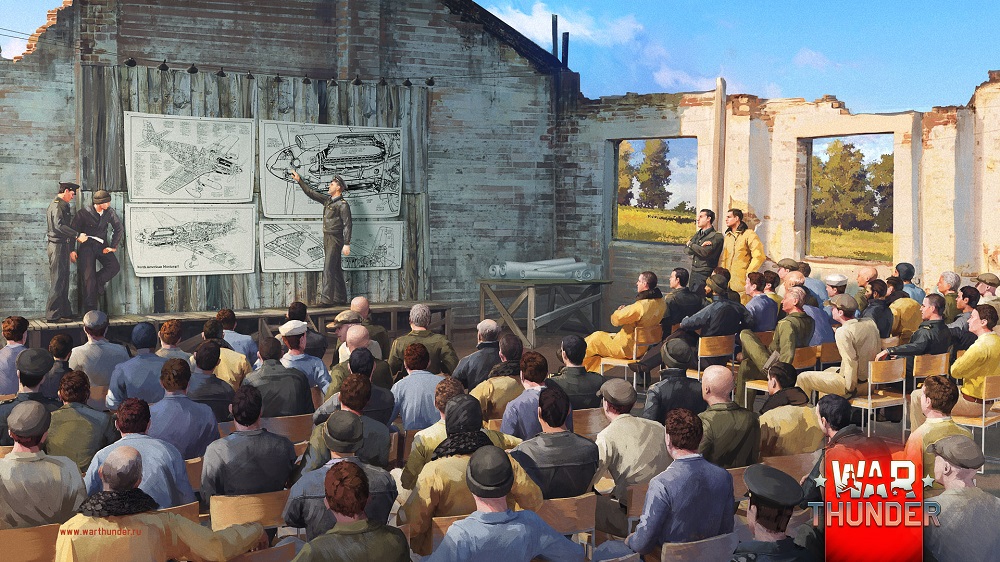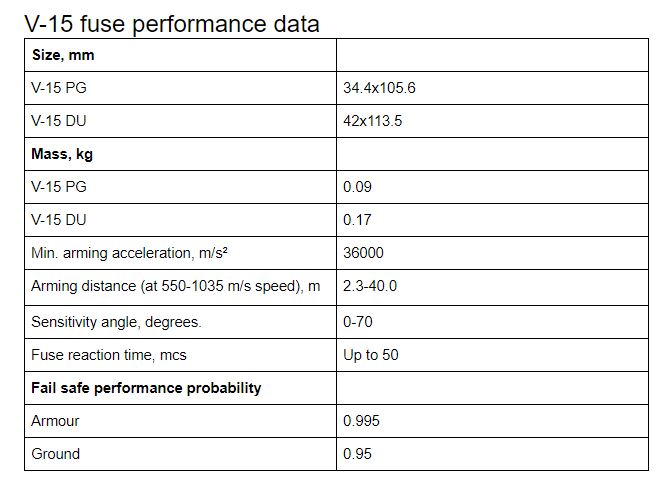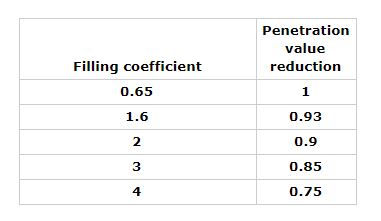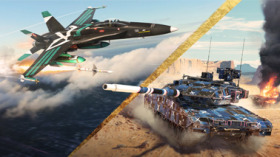
- For PC
- For MAC
- For Linux
- OS: Windows 10 (64 bit)
- Processor: Dual-Core 2.2 GHz
- Memory: 4GB
- Video Card: DirectX 11 level video card: AMD Radeon 77XX / NVIDIA GeForce GTX 660. The minimum supported resolution for the game is 720p.
- Network: Broadband Internet connection
- Hard Drive: 22.1 GB (Minimal client)
- OS: Windows 10/11 (64 bit)
- Processor: Intel Core i5 or Ryzen 5 3600 and better
- Memory: 16 GB and more
- Video Card: DirectX 11 level video card or higher and drivers: Nvidia GeForce 1060 and higher, Radeon RX 570 and higher
- Network: Broadband Internet connection
- Hard Drive: 62.2 GB (Full client)
- OS: Mac OS Big Sur 11.0 or newer
- Processor: Core i5, minimum 2.2GHz (Intel Xeon is not supported)
- Memory: 6 GB
- Video Card: Intel Iris Pro 5200 (Mac), or analog from AMD/Nvidia for Mac. Minimum supported resolution for the game is 720p with Metal support.
- Network: Broadband Internet connection
- Hard Drive: 22.1 GB (Minimal client)
- OS: Mac OS Big Sur 11.0 or newer
- Processor: Core i7 (Intel Xeon is not supported)
- Memory: 8 GB
- Video Card: Radeon Vega II or higher with Metal support.
- Network: Broadband Internet connection
- Hard Drive: 62.2 GB (Full client)
- OS: Most modern 64bit Linux distributions
- Processor: Dual-Core 2.4 GHz
- Memory: 4 GB
- Video Card: NVIDIA 660 with latest proprietary drivers (not older than 6 months) / similar AMD with latest proprietary drivers (not older than 6 months; the minimum supported resolution for the game is 720p) with Vulkan support.
- Network: Broadband Internet connection
- Hard Drive: 22.1 GB (Minimal client)
- OS: Ubuntu 20.04 64bit
- Processor: Intel Core i7
- Memory: 16 GB
- Video Card: NVIDIA 1060 with latest proprietary drivers (not older than 6 months) / similar AMD (Radeon RX 570) with latest proprietary drivers (not older than 6 months) with Vulkan support.
- Network: Broadband Internet connection
- Hard Drive: 62.2 GB (Full client)

Dear players,
We had questions from the community about the improved ballistic system update and today, War Thunder producer Vyacheslav Bulannikov is going to answer the most popular in this Q&A.
Q. Is the new system going to affect HESH shells? If yes, how?
A. These changes do not apply to any HE, HESH or HEAT shells.
Q. Have you planned an update to the ricochet system? Sometimes larger shells ricochet off very light vehicles.
A. A ricochet at a given angle and range (you can check it in the ammo info card) is possible when the round calibre/armour thickness ratio is lower than 7. If the ratio is 7 or higher the armour is broken. We do not plan to review this system or make it more complex at the moment.
Q. What about the hardness of the material used in a shell? All kinds of different materials were made with varying degrees of hardness through out time.
A. Material hardness will not be taken into account in calibre type projectiles since this parameter could be really different. Depending on the time of production, hardness could vary greatly for the same round type and choosing specific values would not be accurate. However hardness (density) of the core for such rounds as the APFSDS will be taken into account.
Q. Are there any plans to change the penetration system concurrently? Shells are 1 pixel wide in game, so they can go through tiny armour gaps, for example a 152mm shell can fit in a 10mm armour hole.
A. That’s a complex and non-trivial task, we studied possible variants several times and at the moment we haven't found the one that meets all the requirements. Perhaps we will come back to it in the future, at the moment we use the method that is most widely used in games.
Q. Will document sources contradicting the results of the formula be discarded even if there is no contradiction with other documents, or could there be exceptions in the system? I know you mentioned APDS, was wondering if other shells might also be excluded in some cases.
A. Exceptions are a rare case, where no other methods allow us to gather the correct data about the round. Differences of the penetration data in different sources are not enough to add a round to an “exception list”. One of the purposes of this method is to exclude incoherence in data from various sources, otherwise penetration values will be constantly changed.
Q. Have you any plans to improve HEAT ricochets? In many case, HEAT projectiles should not ricochet, but either break or detonate. Many HEAT shells are too fragile to stay intact after a ricochet.
A. HEAT rounds can ricochet at high angles of impact, the specific angle depends on the fuse design. Of course, a round can be destroyed after impact and this is implemented in our game, after ricochet, a round loses its stability and can self-detonate.
Here is the data on the V-15 fuse for HEAT rounds. As you can see the angle is 0 to 70 degrees.
Q. Is there any plans to have the same system for aircraft guns? It’s really hard to understand how the munitions really perform, and even harder to know if they perform correctly.
A. For high-calibre guns that use similar rounds to tank rounds - yes.

Q. How about the APHEBC? (a shell type some russian guns use). Is it going to be the same as APBC/APCBC now? It has had weird characteristics for years.
A. The slope effects for these rounds will also be implemented as they were for the APBC Shell.
Q. Japanese tanks guns performance took a hit with this new system. What have you planned in this regard?
A. BR changes will be made where they are required, this affects all nations, not just Japanese.
Q. How is penetration calculated? What are the mechanics for the rounds with different cap shapes?
A. Cap shape affects armour penetration at specific angles and this is taken into account in the slope effect sheet. To get penetration value at a specific angle you should divide armour thickness by slope value for the required angle.
Q. Do these formulas apply to low-calibre aircraft weapons?
A. At the moment, we have not considered applying the formula to low-calibre MGs.
Q. Rounds of the same type and calibre may have different penetration, will it affect the calculation?
A. If these rounds have different parameters affecting penetration - mass, velocity, HE mass etc - this will affect calculation results.
Q. Can you show us the exact formula where penetration is calculated? It is unclear where we should use the mass of a core and where the mass of a round is used.
A. In the future the exact characteristics of the rounds will be shown in the War Thunder Wiki directly from the game in articles specifically for guns.
Q. De Marre’s formula does not take explosive mass into account, but using your calculator one notices that final penetration value is not linear in reference to explosive mass. Are these some kind of hidden parameters?
A. Indeed, De Marre’s formula does not take explosive mass into account, that’s why we used data from AaG that allowed us to formulate penetration value reduction depending on the filling coefficient and added explosive mass as one of the coefficients to the formula. Taking explosives into account allows us to calculate penetration value more accurately - rounds with higher filling coefficient have lower penetration values. The exact values are not hidden, you can see them below.

The War Thunder Team




Comments (186)
One more serious question then, if Material hardness in shells is not taken anymore into account, what is then with material hardness of armor?? Should that then not be absconder too to make it seriously fair too. I mean if you take one modifier out you should take the counter modifier out too, which is the one in armor and use equalized numbers there too. Or do we keep those to make bias something that can still be implemented via modifiers ??
Not "absconder" darn auto correcter abolished was meant
Nice so no fix for the RNG BS that is the ricochet mechanic? Honestly why bother changing anything if you won't fix the biggest issue plaguing the shell mechanics? Make the hits do the math every time, end ricochet RNG.
:v I'm done with this game and its nonsense, there is only 1 nation i love to play..Japan.....Japan still lacking shells, the correct values of them and so on...I don't want to waist my time listing all the issues for Japan since they are all in the forums, including Japanese planes.....I give up on Gaijin.....Hello BATTLEFIELD <3
This systems completly ignroes the fact that certain shells, especialy APFSDS are made with several difrent materials all with difrent densitys. sometimes even having the same material in difrent places with difrent densitys. i do not belive that this system is a worthy replacement especialy since it has the chance to contradict offical reports for declasified tank shells such as the 100mm 3BM25
frankly i do not belive that this system was worth implementing considering for the wast majority of shells it will affect nearly nothing and for a few certain once it will make them and the vehicles using them pointless sicne they would severly underperform a change in damage calculations is more needed then this system
anything to make the game more realistic is great! thanks Gaijin!
Why is this change improving russian shells and degrading others? Its like APHEBC which had wrong slope modifiers making russian tanks overperform, and you ignored it for years even though it was probably few lines of code to change. Now that you fix one thing you decided to change calculations that somehow favor russian META. Is it because you receive complaints on russian forums about abrams killing russian tanks? Its hard to believe there is no agenda behind all that
Please work on important issues, i.e. Helicopters being unengagable (due to them climbing high and with high fighter spawn costs no one being able to counter them) and wiping out whole teams or the Abrams on certain small maps.
Ouiche, there is a forum user named KillaKiwi who has done the calculations for most of the game's ammo using the DeMarre formula to produce far more accurate results than the WT calculator, frankly I'd daresay it would be better to just PM him, talk to him, and implement his data, all using the same calculation. He used historical documents to calculate the "Armor Resistance Factor (A)" that varies from shell type to shell type and steel type to steel type that is causing most of the confusion.
How about fixing your maps for once. They're so badly one sided it's a joke on us players. In tank battles you know on most maps which side will win due to one side has a huge advantage. Clearly you don't play your own game.
Submit a complaint